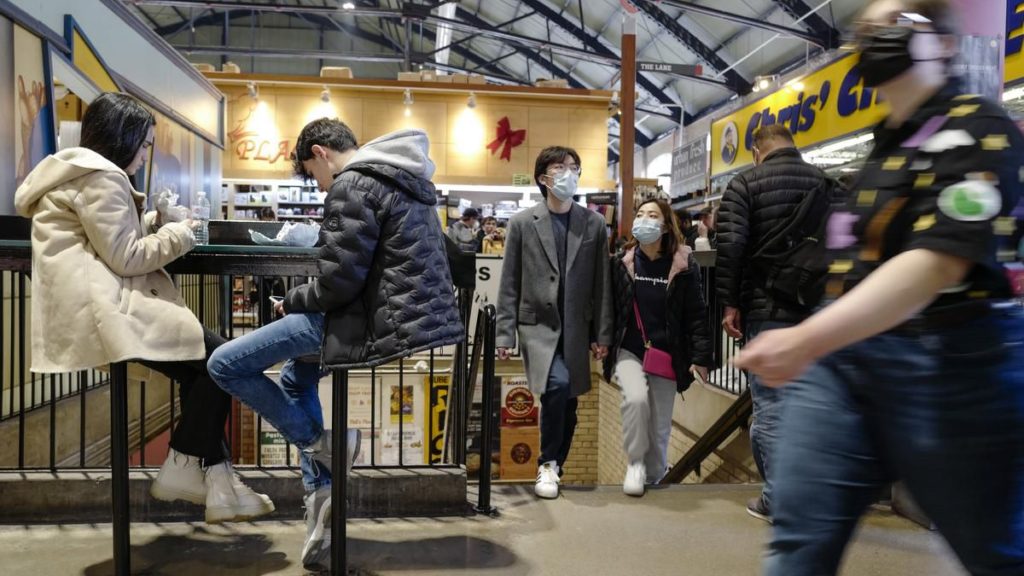In the largest study tracking SARS-CoV-2 RNA in feces and COVID-19 symptoms, scientists at California’s Stanford University found that about half of infected patients shed traces of the virus in their waste in the week after infection and almost 4% patients still emit them seven months later.
“It raises the question that ongoing infections in hidden parts of the body may be important for long COVID,” said Ami Bhatt, a senior author on the study published online last week in the journal Med, and an associate professor of medicine and genetics at Stanford.
No one knows yet what causes the constellation of post-COVID-19 symptoms, often termed long COVID, that afflict from 5% to 80% of people after a SARS-CoV-2 infection.
“Long COVID is likely multiple different diseases,” Iwasaki said last week in an interview in her lab in New Haven, Connecticut.
Many continued to hold virtual services last spring after a deadly winter wave of the coronavirus and as vaccination campaigns were still ramping up.
MC Sullivan, chief health care ethicist for the archdiocese, said celebrating Mass communally is important to how Catholics profess their faith.
Only 62% of residents aged 60 or older had received two shots of COVID-related vaccines as of April 15, Wu Jinglei, director of the Shanghai Heath Commission, said at a briefing Sunday.
City officials recorded 24,820 local COVID-19 infections for Saturday, 21,582 of them asymptomatic.
